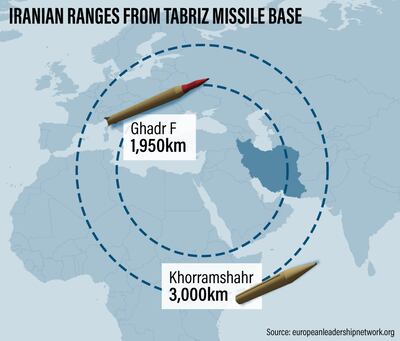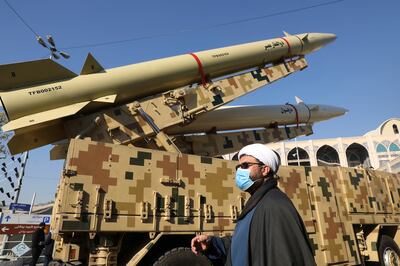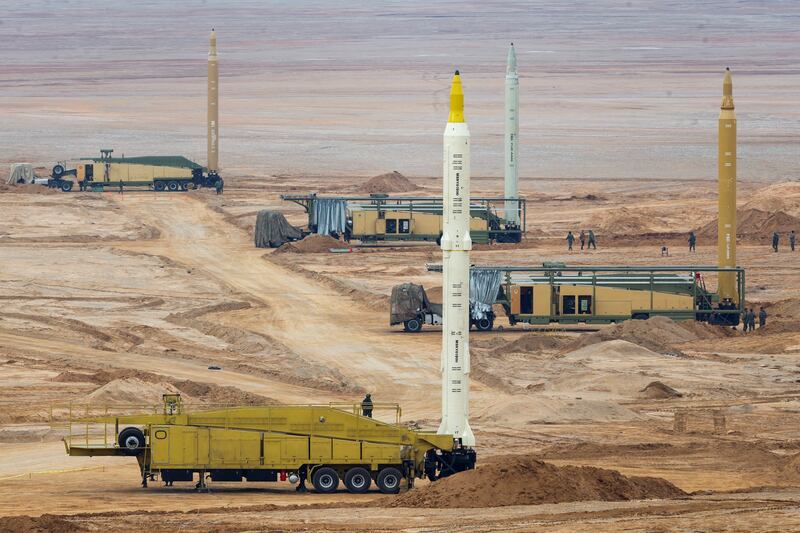Mishandled international efforts to reduce Iran’s missile arsenal could spark increased tensions, leading to hi-tech weaponry being transferred to Hezbollah and Yemen’s Houthi rebels, according to a report.
Based on three years of research, it warns that improving relations between regional powers could be damaged if Iran is faced with demands to reduce its missile capability as a price for restoring the 2015 nuclear deal.
Former president Donald Trump pulled out of the deal in 2018 in part because it was limited in scope, failing to include the issue of ballistic missiles, or to tackle Iran’s support for violent militias elsewhere in the Middle East.
Many US politicians have said they cannot support a return to the agreement proposed by President Joe Biden without a reduction in Iran’s missiles.
But without nuclear deterrence or a modernised air force, Tehran has increasingly relied on developing ballistic weapons for its defence and is unlikely to support any reduction in its arsenal without others following suit, said the report, titled Ballistic Missiles and Middle East Security: An Alternative Approach.
And the report said Iran is instead poised for a significant and rapid expansion of its arsenal having overcome technical hurdles in its guidance systems. Iran tested powerful ballistic and cruise missiles and drones during a five-day military exercise in December as negotiations continued on a potential return to the nuclear deal.

The report warns that any future talks on controlling missiles focused only on Iran “will encourage the worsening of a regional missile arms race … also the transfer of capabilities to groups like the Lebanese Hezbollah and Yemeni Houthis”, according to the report by the think tanks European Leadership Network and Iran Project.
“Progress in improving regional security is fragile and could easily be derailed, especially by any mishandling of a restored nuclear deal,” said the report. “Ballistic and other types of missiles loom large over this situation.”
Six countries in the region maintain cruise missiles, along with Yemen’s Houthis. More states are likely to join the list soon, putting broader regional security at risk.

In January 2020, Iran fired a volley of at least 12 ballistic missiles at US bases in Iraq after the death of Iranian general Qassem Suleimani in a US drone strike near Baghdad.
The accuracy of the missiles surprised some as they hit specific buildings on one of the US bases, Al Asad, injuring 100 American soldiers.
Iran is also accused by the UN of firing cruise missiles at major oil infrastructure in Abqaiq, Saudi Arabia, in September 2019. A UN report said “the cruise missiles and/or parts thereof used in the four attacks are of Iranian origin".
Iran says its ballistic missiles have a range of 2,000 kilometres and are capable of reaching Israel and US bases in the region.






